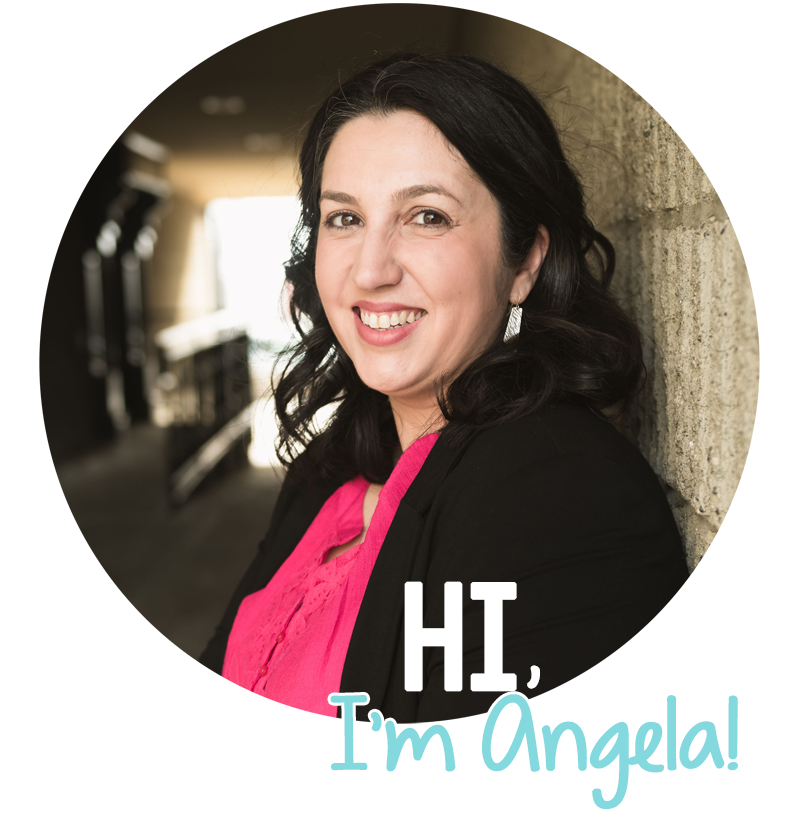I always discuss criteria with my class before we even write the first journal entry. That way, students know exactly what is expected of them right away. My class glues a criteria sheet to the inside cover of their journal for easy reference.
 |
| Click to download the freebie! |
I photocopy the criteria onto brightly coloured paper so it jumps out at them each time they open their book. As you can see, I mark their journals out of 7. I feel like the first two marks are freebies, honestly. However, there’s always someone who doesn’t add the date!
You’ll notice that give two marks for amount of writing. Journal writing is rarely writing that becomes published. Quality is important of course, but the focus is on quantity for me. In my mind, journal writing time is a skill practice time, and the more you write, the more you are practicing. I do want it to be legible, and that’s where the last three bits of criteria come from.
This might not be suitable for you and your class, but if it is – you can click on the image and download a copy of the criteria page – for FREE! I would love it if you came back to this post and commented on how it worked for your class if you use it.
 |
| Click to download the freebie! |
I aim to give 30 minutes of writing time for journal. Sometimes it is
more or less, if we have a special event or a longer prewriting
discussion. At the beginning of the year, most students have trouble making the “1/2 page single spaced or 1 page double spaced” criteria. I’m slightly lenient on this in September, and stick more to the expectation by the end of the year.
As I said above, journal writing is about getting your ideas out and practicing the skill of writing. Revising and editing are important too, but we get plenty of practice on that through other ways of writing. I do encourage my kids to write the entire time, but there are students
who wrap up early. This is when I will ask them to edit.
I might make them to edit independently or with a classmate who is also finished. When they peer edit, I like to have the other person read their writing to them. The other person will notice mistakes the author would skip over because they know what they intended. The author needs to listen for errors and correct them.
Students can revise on their own too. One fun method I use for that is my Rainbow Editing file. I have several laminated copies for children to refer to. In this, I ask kids to edit with a variety of coloured pencil crayons. Different colours mean different things. Red means “capital letters” and blue means “adding details” for example. Kids love colours and it makes the revising process fun.
When I mark their journals, I will correct words I feel that should know. (“with” and “they” get me every time! ) I might add in a period, or some quotation marks too. I ask them to spend some time reading my comments (I try to write a sentence or two of feedback to everyone) at the start of the next journal write time. This is when they will correct the few spelling/punctuation errors.
That’s all folks! I’d love to know about the criteria you use for marking journals, and whether you have students edit them or not.
Be sure to read these posts as well!
Journal Writing: Picture Prompts
Journal Writing: Group Journals
Pin this post.










Thanks for sharing! I'm going to add your criteria sheet to my journals.